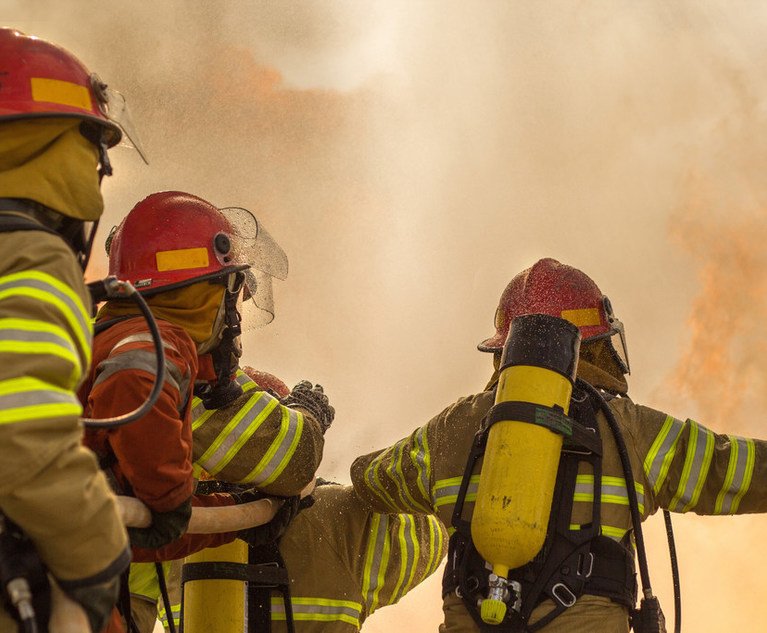 October is National Fire Prevention Month – making it the perfect time for homeowners to inspect their home's systems and appliances. (Photo: Alejandro/stock.adobe.com)
October is National Fire Prevention Month – making it the perfect time for homeowners to inspect their home's systems and appliances. (Photo: Alejandro/stock.adobe.com)
More home electrical fires happen during the winter months than any other season, with over half of the 45,000 average annual fires happening between December and February, according to the National Fire Protection Association. These fires are often caused by things like damaged wiring, space heaters, dryer fans, overloaded outfits and both indoor and outdoor holiday decorations.
Recommended For You
Want to continue reading?
Become a Free PropertyCasualty360 Digital Reader
Your access to unlimited PropertyCasualty360 content isn’t changing.
Once you are an ALM digital member, you’ll receive:
- Breaking insurance news and analysis, on-site and via our newsletters and custom alerts
- Weekly Insurance Speak podcast featuring exclusive interviews with industry leaders
- Educational webcasts, white papers, and ebooks from industry thought leaders
- Critical converage of the employee benefits and financial advisory markets on our other ALM sites, BenefitsPRO and ThinkAdvisor
Already have an account? Sign In Now
© 2025 ALM Global, LLC, All Rights Reserved. Request academic re-use from www.copyright.com. All other uses, submit a request to [email protected]. For more information visit Asset & Logo Licensing.








